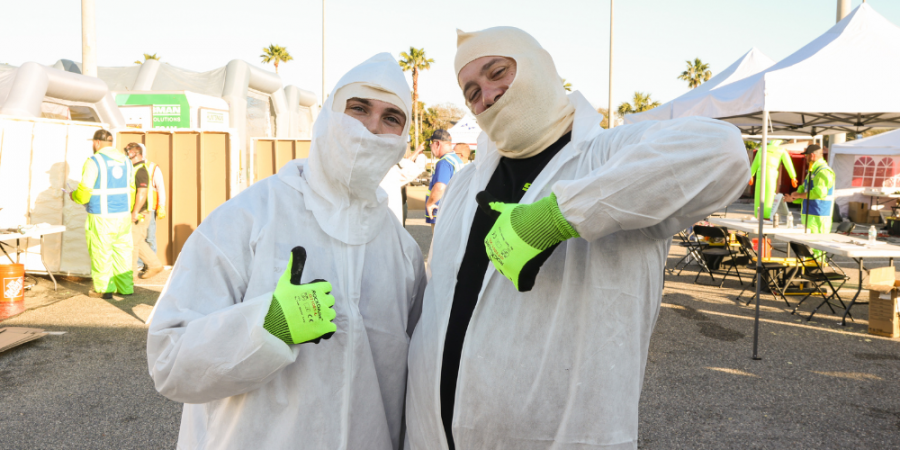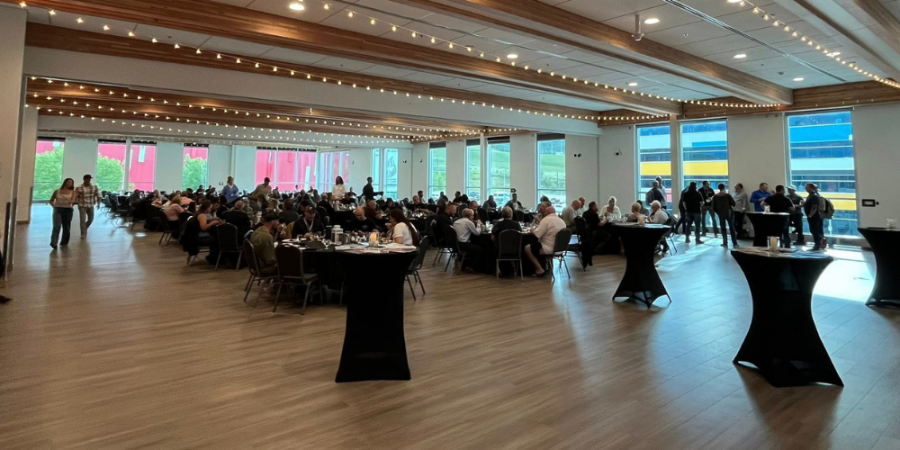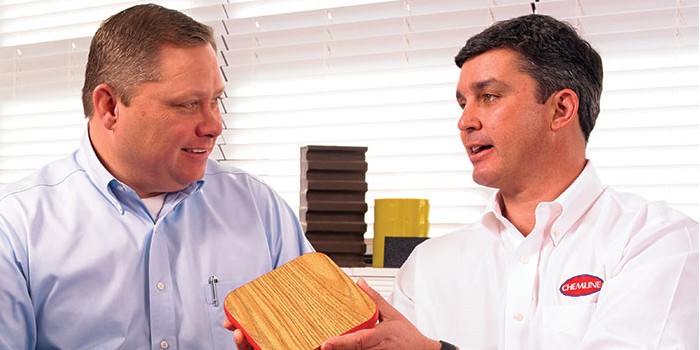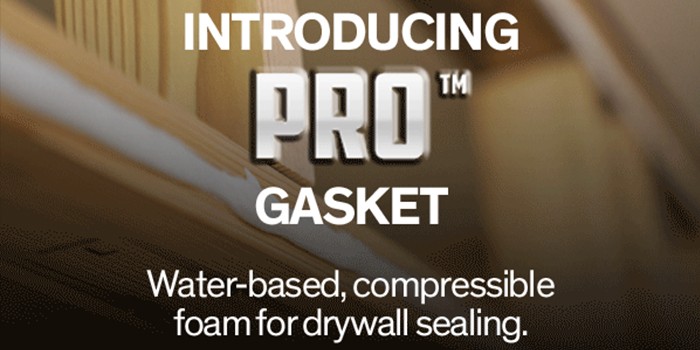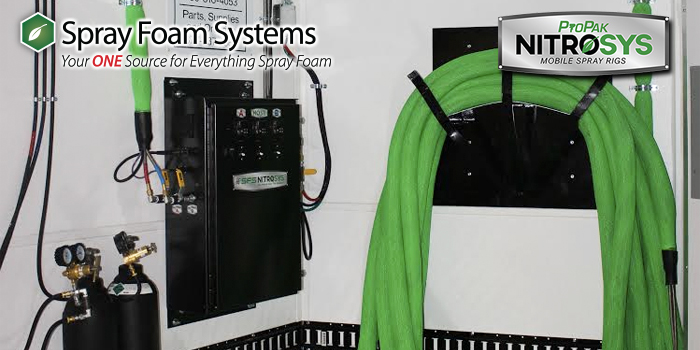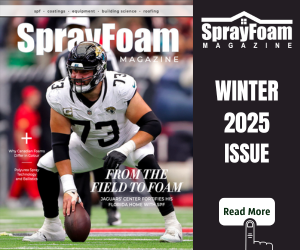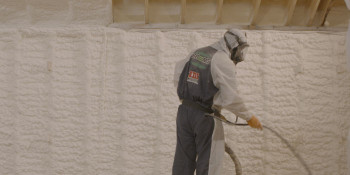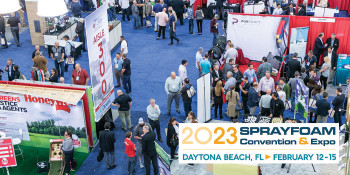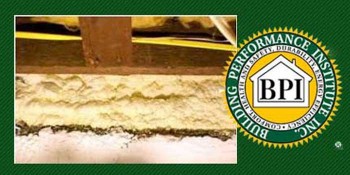No Clucking Around
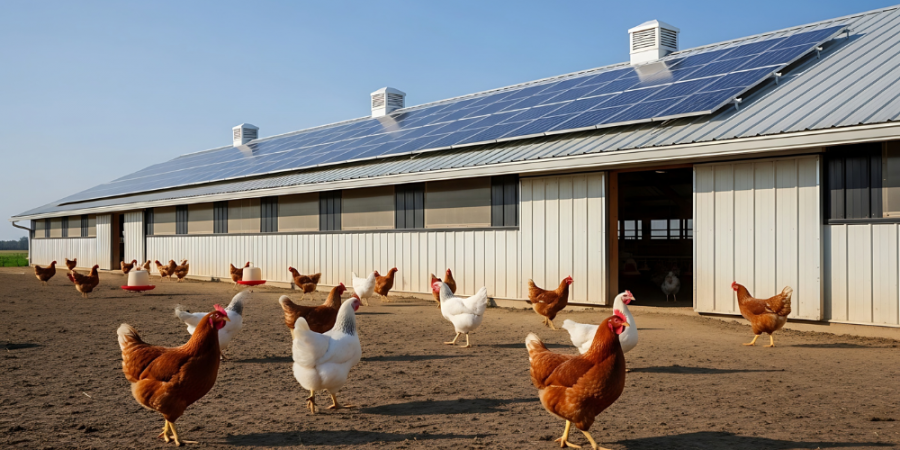

Spray Foam Magazine – Late Summer 2025 – Poultry buildings require effective environmental control year-round. Ventilation is important for moisture control, odor management, and the heat generated equipment.
Traditional poultry house designs included vent fans on gable end walls and curtains along the side walls, which waste energy. Modern energy-efficient designs boost production. To efficiently regulate interior conditions, continuous air movement through controlled exhaust fans and negative pressure ventilation is used. Ventilation air, whether heated in winter or cooled in summer, must work in tandem with a well-insulated structure to create a tightly sealed building envelope. Without proper insulation, high interior moisture levels can lead to condensation issues and high energy costs.
Key Design Considerations for Livestock Building Insulation
Proper insulation plays a crucial role in reducing energy costs and enhancing environmental control. The cost of propane and natural gas has increased nearly 50% since early 20201, making the cost of fuel nearly 40% of the poultry production cost in some areas of the U.S.2 Farmers are acutely aware of these costs, and there is industry guidance on making production buildings more energy efficient.3
In addition to environmental regulation, livestock building insulation must meet unique requirements beyond those of commercial or residential structures:
Sanitation: Frequent cleaning, including pressure washing, requires water-resistant insulation materials. Air-sealed buildings with air filtration has been considered to control the spread of avian flu and other pathogens.4
Pest Control: Insulation helps seal gaps to prevent entry by vermin, insects, and nesting birds.
Durability: Livestock facilities endure physical wear and tear from both animals and equipment.
Moisture Control: High humidity levels must be managed to prevent condensation.
Fire Resistance: Even though these structures may not be subject to residential fire code standards, fire safety remains a priority due to potential ignition sources like heating and lighting equipment. Note that some government funded programs require the same fire safety requirements as occupied buildings.
Animal Comfort: Humidity, lighting, and sound control affect livestock health and productivity.
Common insulation materials include fiberglass, cellulose, reflective insulation, boardstock, and spray foam. Selecting the right insulation is vital for long-term performance and energy efficiency.
Evaluating Insulation Options
Farmers consider performance and economics when selecting insulation for poultry buildings.
Fiberglass and Cellulose: These air-permeable materials provide R-value but do little to regulate ventilation or moisture. They lack durability, are not water-resistant, and often harbor pests. Thermal bypasses are a particular concern in metal buildings.
Reflective Insulation: Useful for reducing solar heat gain in summer, but ineffective in winter due to its negligible R-value. Dust accumulation over time reduces its effectiveness, and it is unsuitable for vertical walls or preventing thermal bypasses.
Boardstock (XPS, EPS, PIR): Provides R-value, water resistance, and moisture control. However, seams require tape sealing to prevent air leaks, and addressing thermal bypasses post-construction can be challenging.
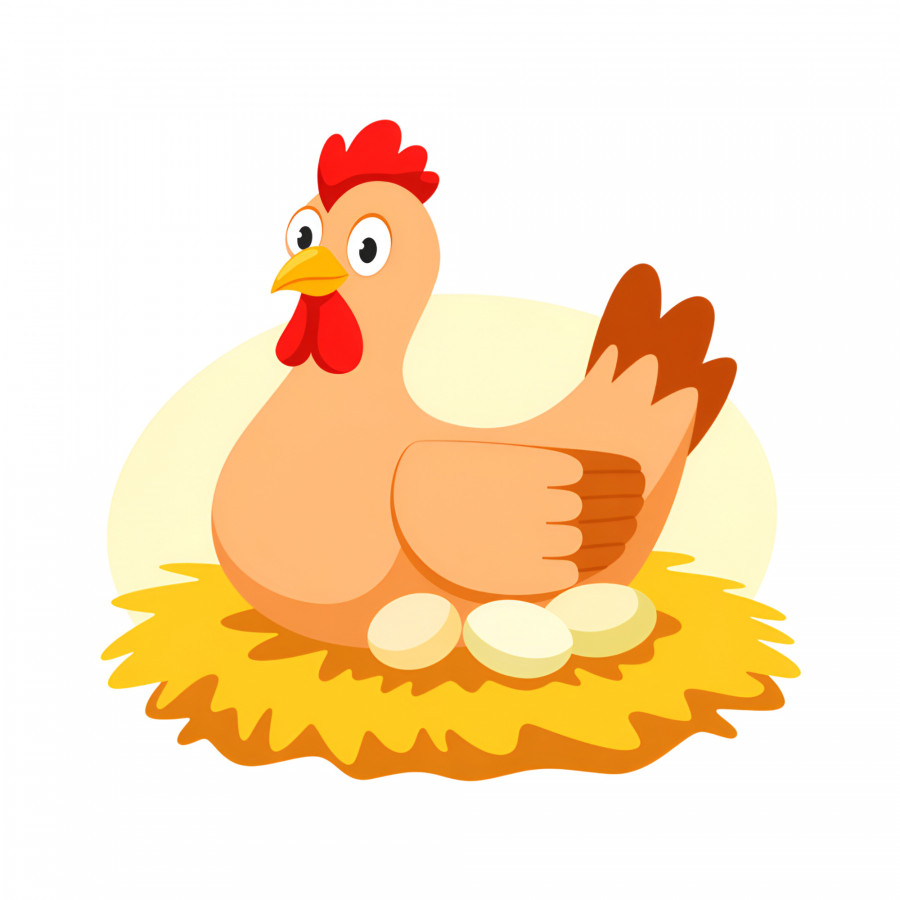
Closed-Cell Spray Foam (SPF): The most effective insulation option across all climates, offering superior R-value, air-sealing, moisture control, water resistance, and durability. Specialized formulations exist for livestock facilities, including high-density foams and coatings resistant to animal and equipment damage. When using foam plastics, fire-protective coatings and coverings should be considered for safety.
Examples of Cost-Savings from SPF
A poultry production facility in British Columbia insulated a poultry house with R40 loose-fill in the attic and R20 closed-cell foam on the walls installed by Element Insulation of Abbottsford, BC. An identical poultry house had the same attic insulation but used a competitive R20 insulation on the walls. The SPF-insulated building saved $4,000 annually in fuel costs.
An Auburn University study on several poultry houses in Alabama showed that replacing sidewall ventilation curtains (R1) with SPF walls (R8) on a 40-ft x 500-ft house will save $6,000 per year in energy costs. Reduced temperature fluctuations also improved flock production.
Conclusions
Effective insulation such as SPF in poultry buildings goes beyond temperature regulation — it promotes energy efficiency, sustainability, and a safe and productive working environment. Throw in factors of durability, moisture management, pest control, and fire safety ensure optimal building performance while supporting animal health and farm productivity. Modernization of poultry barns present an excellent opportunity for SPF contractors to provide installation services in rural areas across the country.
Direct any questions about this article to Rick Duncan at rickduncan@envelogic.com
Sources:
- 10-year propane historical prices chart June 2015 to June 2025
- Commercial Poultry Input Costs Heating Up! Published October 19, 2021 on www.southernagtoday.org
- Reducing Energy Costs in Poultry Houses – MSU Extension Center Information Sheet 1617, by Dr. Tom W. Smith, Jr., Emeritus Professor of Poultry Science, Mississippi State University.
- Poultry House Ventilation, Poultry Housing Tips, Vol 27, No. 6, 2015, The University of Georgia College of Agricultural and Environmental Sciences Cooperative Extension
- Agricultural Applications, Element Spray Foam website
- Poultry House Energy Retrofits for Fuel and Cost Savings, J. Campbell, G. Simpson and J. Donald, Auburn University, Poultry Engineering and Economics Newsletter, Issue 43, 2006
Disqus website name not provided.







